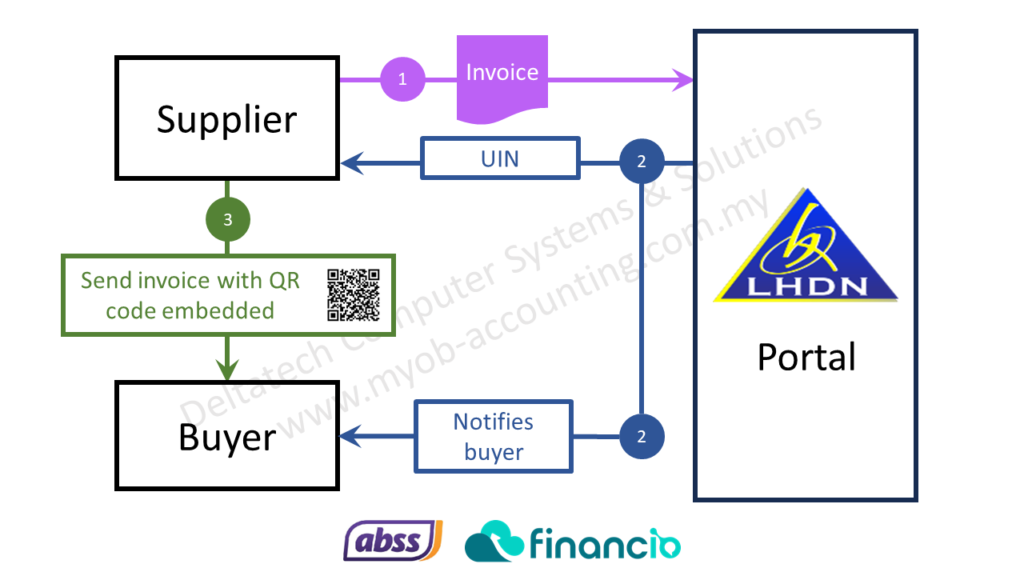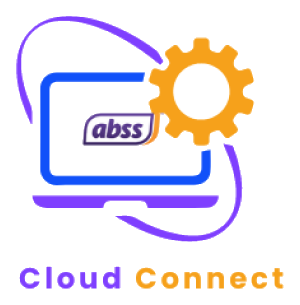How to submit your e-Invoice to LHDN
There are two channels through which you can submit your e-Invoice to LHDN for validation.
LHDN MyInvois Portal
LHDN will provide a portal which you can use to submit your invoices for validation.
You can either submit one invoice at a time, or multiple invoices using a template.
You will need to key in all the required fields manually.
Once LHDN has validated the invoice, you will receive a Unique Identification Number (UIN) via email.
You will then need to generate the invoice embedding a QR code and send it off to your customer.
This method of submitting your invoice is more suited for businesses that issue only a few invoices, as it can be a tedious process as well as error prone.
Application Programming Interface (API)
LHDN will be providing an API that can be used to programmatically submit invoices in digital format.
An API is an interface that enables software solutions to seamlessly interact with the LHDN portal and directly submit invoices as well as receive responses with UIN.
To use the API, invoices would need to be in XML or JSON format.
LHDN will provide an SDK, or Software Development Kit, to solution providers which will contain documentation on how to connect to the portal and submit the invoice details.
Ideally, you would already have an accounting solution like ABSS or Financio that would automatically generate the XML file and submit it to the LHDN portal.
The process flow
Whether submitting your invoice through the MyInvois portal or through the API, the flow is the same.
- Submit the invoice details to LHDN for validation.
- Once the invoice has been validated, LHDN will provide an Unique Identification Number to the supplier and notify the buyer.
- The supplier will then need to generate an invoice, embed the UIN together with other information, in a QR code before sending it to the buyer.
The buyer will then need to review the invoice and has the option to reject it within 72 hours from the date and time of LHDN validation.
The 72 hours includes weekends and public holidays and is from the date and time the invoice was validated by LHDN.
If the buyer rejects the invoice after the specified 72 hours, the supplier will need to issue a credit note to cancel it and reissue a new invoice if required.
Reasons why the invoice might be rejected by LHDN
LHDN may reject the invoice due to:
- Incorrect formatting of the XML or JSON file.
- One or more of the required information is missing (for example, the buyer’s TIN number was omitted)
- Errors in calculation (for example, the total was wrongly calculated)
If an invoice fails the validation process, LHDN will inform the supplier, who will then need to correct the errors and re-submit the invoice.
What information does LHDN return?
Once the invoice has been validated, LHDN will return a UIN together with the date and time stamp of when it was validated.
What is a Unique Identification Number?
A Unique Identification Number or UIN is a number that uniquely identifies the seller’s invoice.
It is not the seller’s invoice number.
As many businesses will be submitting their invoices to LHDN, there could be duplication of seller invoice numbers.
To avoid this duplication, LHDN will have their own number to identify each invoice that was submitted.
ABSS Connect
e-Invoice compliant accounting solutions
Need more information?





